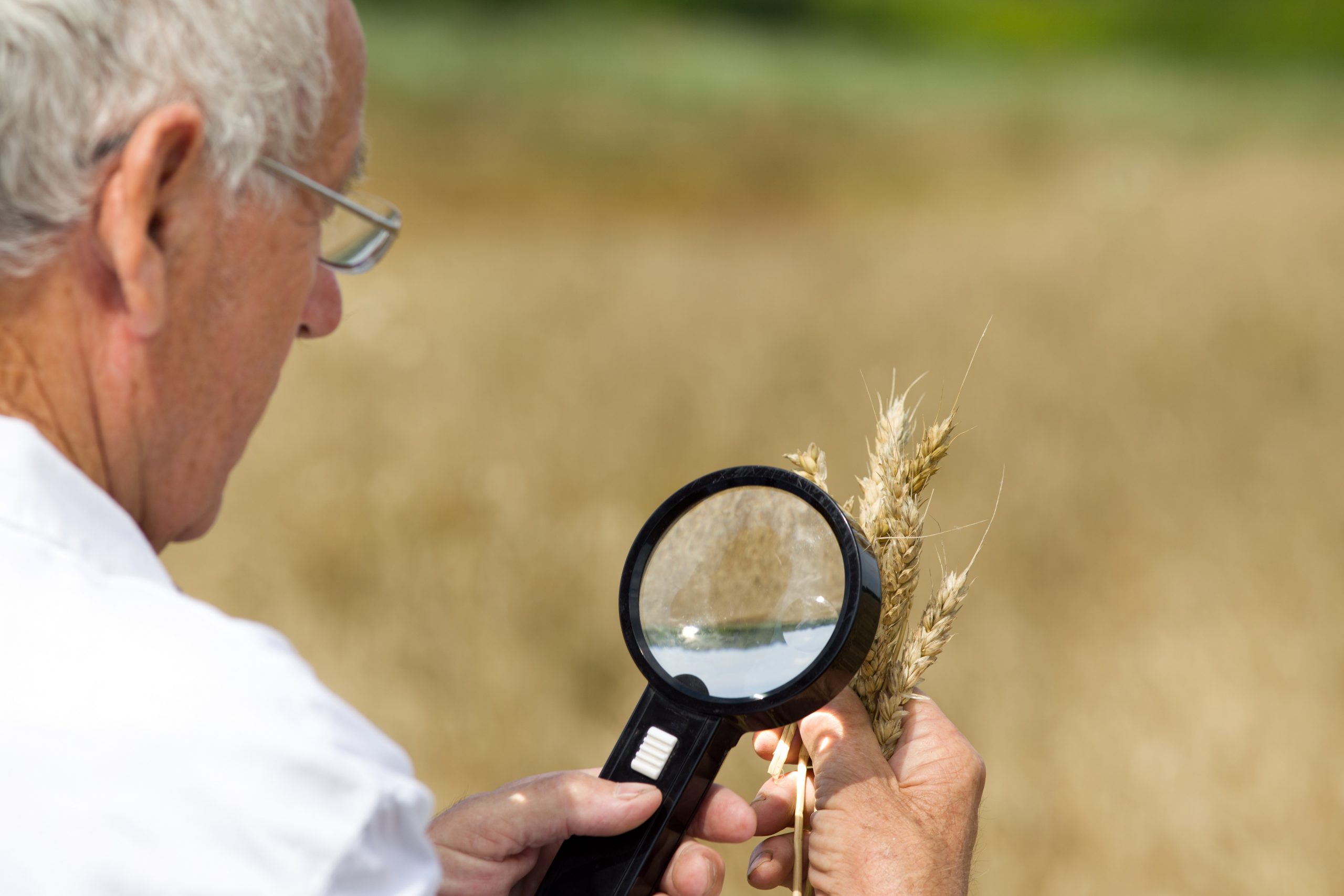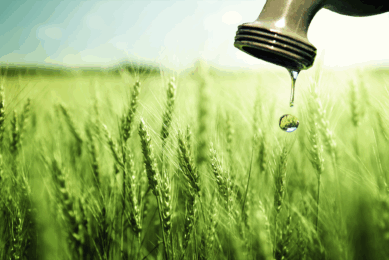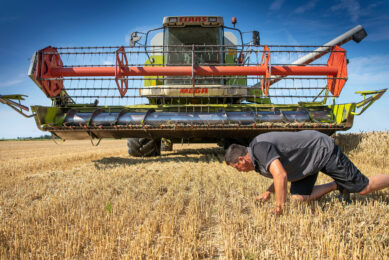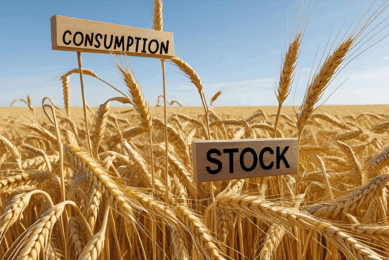Scab in wheat: DON reducing technologies most costly

Fusarium Head Blight (also called ‘scab’) is a costly disease for wheat and barley growers. But what are the costs exactly? Researchers from the North Dakota State University in the US developed several economic models to be able to calculate this.
Fusarium Head Blight (FHB) has led to major economic costs for wheat and barley producers. Grain products and feed grain contaminated with deoxynivalenol (DON) (commonly known as vomitoxin) are subject to Food and Drug Administration advisory limits and as a result end-users place restrictions on their use. This has led to steep price discounts, as well as higher risks for producers and grain merchandisers.
Data from models and surveys
Varietal research has led to development of varieties that are resistant or moderately resistant to FHB. Studies indicate combinations of genetic resistance, fungicides and some management practices (combine settings, tillage practices, etc.) can be used to decrease economic costs due to FHB. The purpose of this study, published in the World Mycotoxin Journal, was to estimate the economic costs of scab. To do so, the researchers developed several economic models, analysed extensive data and conducted surveys of wheat flour millers, barley maltsters, and grain handlers.
What are the different costs?
A detailed assessment of costs indicates that there are different types of costs for the wheat and barley grower. The most important costs accrued by the wheat and barley industries were the risk premium paid to induce adoption of DON reducing technologies and the value of yield forgone.
A list of all the costs that wheat and barley growers face when they have FHB in the crop.
- Adoption of DON reducing technologies
- Value of yield forgone
- Direct costs of fungicide
- Testing by elevators
- Testing and discounts for trading forms
- Added shipping costs
- Added costs at flour mills and malt plants (discounts, testing and adding trucking costs)
As mentioned above, the largest cost category is the risk premium implied to be necessary to induce growers to adopt scab-reducing technologies (mycotoxin binding, scab reducing technologies) and the value of lost yield. For hard red spring wheat, the total costs was calculated at over US$ 1.6 billion (2015/2016). For hard red winters wheat, it was over $ 1 billion, followed by soft red spring wheat ($ 64.6 million). The total costs for all wheat types was $ 23.9 million. The total costs of malting barley was $ 81 million.
Conclusion
FHB has led to major economic costs for wheat and barley producers. DON is a mycotoxin associated with FHB. Grain products and feed grain contaminated with DON are subject to FDA advisory limits and as a result end users place restrictions on their use. This has led to steep price discounts, as well as higher risks for producers and grain merchandisers and taken together have contributed in part to large reductions in the area planted to wheat in the United States. The overall conclusion from the results in this study is that even though the impacts of scab have been reduced as described above, the problem persists and has persistent implications for the industry. Generally, this means increasing costs and risks to participants throughout these industries.
[Source: World Mycotoxin Journal]











